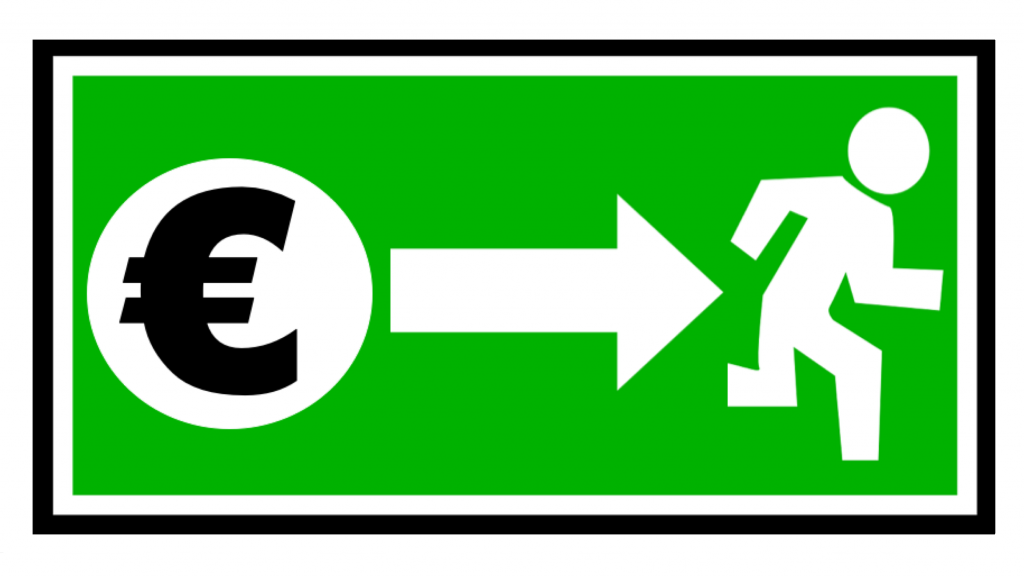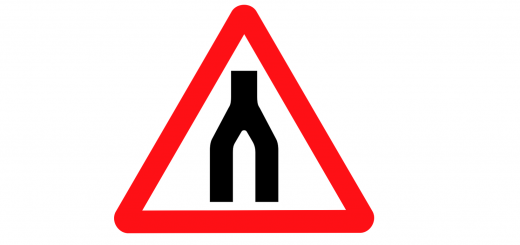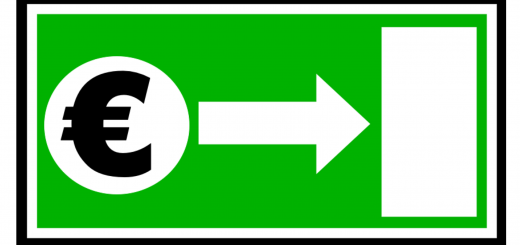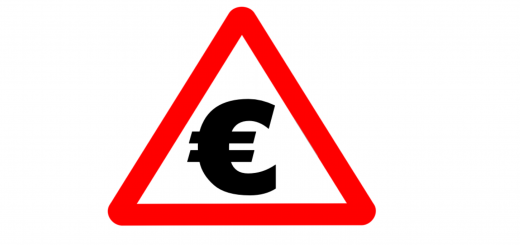Turn royalties and interest into taxable profit

For years, the Netherlands has explicitly or implicitly had a policy that companies should be welcome in the Netherlands because this creates employment. Extra tax benefits are given for this in the Netherlands compared to other countries. Competition has arisen between countries to ensure that companies pay as little tax as possible. The result is that many companies use Dutch tax law in constructions with other countries tax laws to pay little or no tax here and in those other countries. The constructions are structured in such a way that the actual profit via the Netherlands ends up in a number of tax havens. In those tax havens, the money grinds to a halt and is only used to move even more money there tax-free.
The idea is to create more employment, but that is disappointing in practice. In reality, these constructions mean that companies that make a profit in the Netherlands can also transfer this profit abroad and pay little or no tax here. Attracting companies that do not pay tax here ensures that all multinationals do not pay tax here. The only corporate and dividend tax that is paid is paid by national companies and thus mostly by SMEs. Isn’t it the case that we would benefit more from the lost tax revenue than from that little bit of extra employment? After all, with that tax revenue we can provide a basic income for everyone and then employment is suddenly a lot less important. We only have to ensure that all companies pay tax on their Dutch activities. In order to protect other countries against tax avoidance, we should at the same time ensure that tax avoidance via the Netherlands is not possible. This gives those other countries the opportunity to maintain an equal welfare state.
There are five main routes that are used to transfer profits from or via the Netherlands to another company and thus to another country. This goes through royalties, interest, dividends, transfer pricing and deduction of losses. All these routes essentially go between companies that are part of the same parent company. It does not matter to those companies where the profit ends up. They just need to ensure that it is taxed as little as possible. Interest and royalties are often set so high that they are high enough not to make a profit in the country concerned. This means that a large part of the royalties and interest is in fact a dividend payment. It would be more robust if all dividends, royalties and interest were always seen as profit distribution.
This means that the payment of royalties and interest may no longer be included as costs in determining the profit. As a result, a higher amount will remain on which corporate tax is paid as profit. This means that the payment of royalties and interest may no longer be included as costs in determining the profit. As a result, a higher amount will remain on which corporate tax is paid as profit. It may sound strange, but also, just like with a dividend distribution, tax is first paid on this profit distribution. The dividend tax is therefore converted into a profit distribution tax. This also means that the distribution at the receiving party is already tax-free and can be paid to a shareholder without further corporate tax or dividend tax / profit distribution tax. The dividend tax is therefore converted into a profit distribution tax. This also means that the distribution at the receiving party is already tax-free and can be paid to a shareholder without further corporate tax or dividend tax / profit distribution tax.
This is no different for the receiving party of dividend than it is now. For royalties and interest, the situation arises that not all of this income is actually profit. Costs are likely to be incurred there as well. If there are no other revenues in this company, then there is both a loss and an already taxed profit. This company can therefore reclaim the effective tax on the remaining costs compared to the already taxed profit. In other words, the effective amount of already paid corporate tax and profit distribution tax is paid back. This creates the same tax as if the costs would have been taken in the first firm. With this construction it becomes pointless to shift profits from one company to another within a larger company by means of calculating dividends, royalties and interest. If the interest and royalties end up with a third party, this will also be taxed and the part that is over-taxed can also be reclaimed from the tax authorities.
ttps://de-equal.nl/make-companies-pay-taxes-before-reinvesting/The effect is that the country where the revenue is derived from the supply of goods or services is also the country where the tax revenue arrives. With this 3 of the 5 routes described have been closed. Read these two other articles to solve the routes of transfer pricing and deducting losses. As with VAT, the country where the money was actually spent now receives the tax revenues from this expenditure. That is a great added value compared to moving to a country that has delivered little added value or to a tax haven.







2 reacties
[…] English version […]
[…] Taxing royalties and interest as profit and limiting amortization of future investments can solve most of the ways to avoid tax. In order to close all loopholes, there just needs to be a solid way to prevent profits from being shifted through normal costs. The so-called “transfer pricing” is the main way this is done. This means that goods are delivered on paper at cost price to a sister company in another country and are then compulsorily bought back at market value. […]